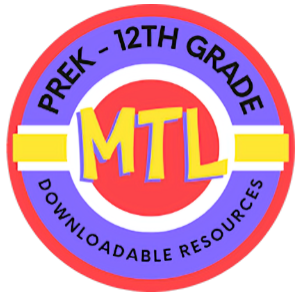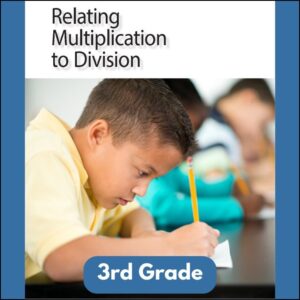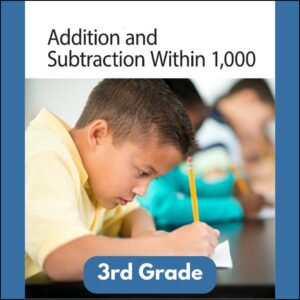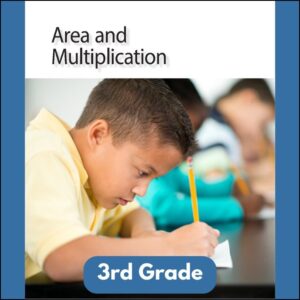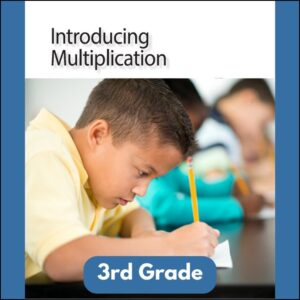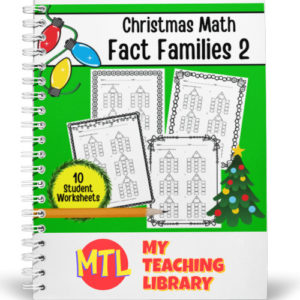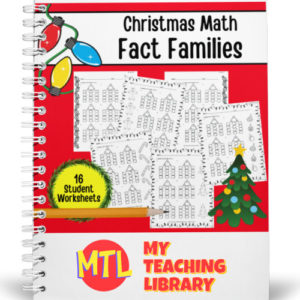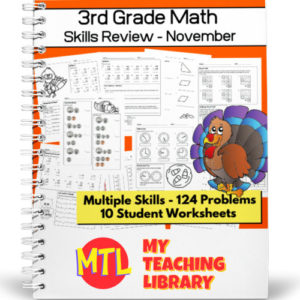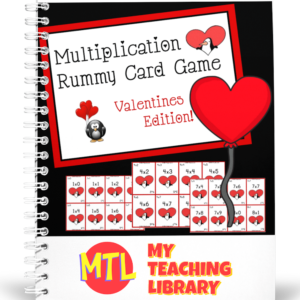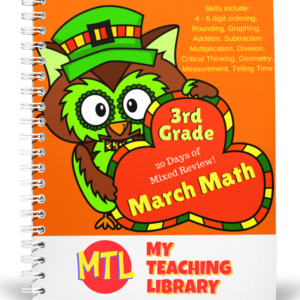Showing all 9 results
-
$2.00Buy Now
This unit introduces students to the concept of division and its relationship to multiplication. Previously, students learned that multiplication can be understood in terms of equal-size groups. The expression 5 x 2 can represent the total number of objects when there are 5 groups of 2 objects, or when there are 2 groups of 5 objects. Here, students make sense of division also in terms of equal-size groups. For instance, the expression 30 ÷ 5 can represent putting 30 objects into 5 equal groups or putting 30 objects into groups of 5. They see that, in general, dividing can mean finding the size of each group, or finding the number of equal groups. Students use the relationship between multiplication and division to develop fluency with single-digit multiplication and division facts.
This resource includes both student and teacher materials.
Number of Lessons: 21 and 1 optional
Lesson Time: Approximately 60 minutes. Please note that each lesson is designed for one instructional block and may be divided into shorter or longer segments based on teacher pacing and student needs.
-
$2.00Buy Now
In this unit, student work toward the goal of fluently adding and subtracting within 1,000. They will use mental strategies as well as learn algorithms based on place value. By the end of this unit, students will also use rounding to estimate answers to two-step problems and determine if answers are reasonable.
This resource includes both student and teacher materials.
Number of Lessons: 20 and 1 optional
Lesson Time: Approximately 60 minutes. Please note that each lesson is designed for one instructional block, and may be divided into shorter or longer segments based on teacher pacing and student needs.See description below for more details.
-
$2.00Buy Now
This unit is designed to build on unit 1 as student explore the concept of area and relate the area of rectangles to multiplication as well as solving area problems. Students also learn some standard unit of area such as square inches, square centimeters, square feet and square meters as they solve real-world problems! By the end of the unit, students find the area and missing side lengths of figures composed on non-overlapping rectangles.
This resource includes both student and teacher materials.
Number of Lessons: 13 and 2 optional
Lesson Time: Approximately 60 minutes. Please note that each lesson is designed for one instructional block, and may be divided into shorter or longer segments based on teacher pacing and student needs.
View a short preview video hereSee description below for more details.
-
$2.00Buy Now
This unit is designed to help students learn multiplication by gaining an understanding through the use of picture and bar graphs. Material is presented so that students learn multiplication means finding the total number of objects in groups of objects and can be represented by a x b. Students will work with arrays to learn and understand multiplication expressions before beginning to write the equations. By the end of the unit, problems with a missing factor offers the student a preview to division.
This resource includes both student and teacher materials.
Number of Lessons: 20 and 1 optional
Lesson Time: Approximately 60 minutes. Please note that each lesson is designed for one instructional block, and may be divided into shorter or longer segments based on teacher pacing and student needs.
View a short preview video hereSee description below for more details.
-
$3.00Buy Now
Your students will love practicing their ability to multiply and divide creating fact families on these fun, Christmas-themed pages! This product includes 10 different no prep worksheets, ready to print and go!
Each worksheet has a fun holiday, Christmas themed border. Answer Keys included!
-
$3.00Buy Now
Students will love practicing their ability to add and subtract creating fact families on these fun, Christmas-themed pages! This product includes 16 different no prep worksheets, ready to print and go.
(See description below for additional information!)
-
$2.50Buy Now
Math Skills Practice Workbook has been designed to review and practice 3rd grade skills. These skills include addition, subtraction, money, comparing numbers, telling time, and identifying polygons.
Includes 10 student worksheets + answer keys
-
$4.50Buy Now
Students love playing games! Have them practice their multiplication knowledge and reinforce those Math facts with this FUN card game! It is themed for February – Valentine’s Day but can be used anytime of the year because students will love the hearts and penguins. Multiplication facts 0-10 are included.
Game Pieces
- – 96 math cards
- – 2 wild cards
- – Cover for the back of each card
Detailed game ‘HOW TO PLAY’ instructions included!
-
$3.00Buy Now
Worksheets designed to give 3rd grade students practice to reinforce math skills including:
- 4 – 6 digit ordering least to greatest
- rounding to the nearest ten, hundred, thousand
- graphing
- addition
- subtraction
- multiplication
- division
- geometry (area)
- measurement (quantity)
- telling time
Includes 20 fun, shamrock themed worksheets.
